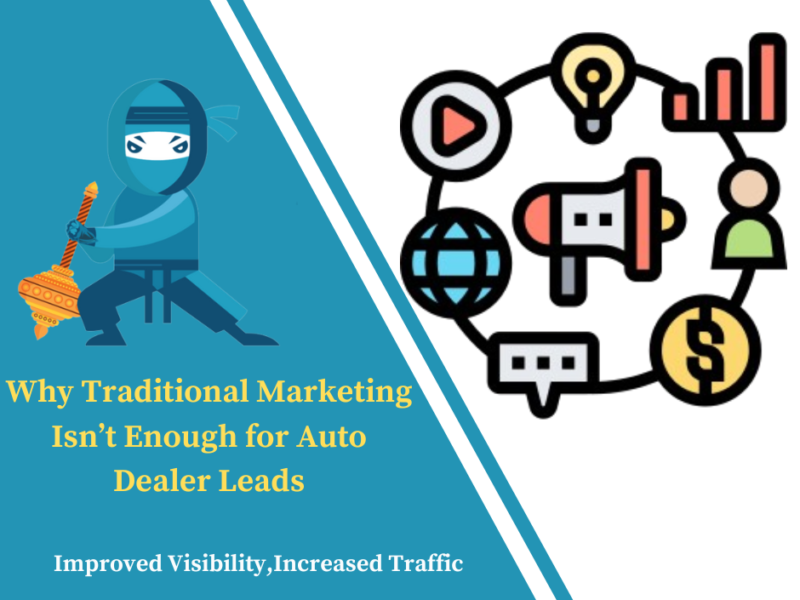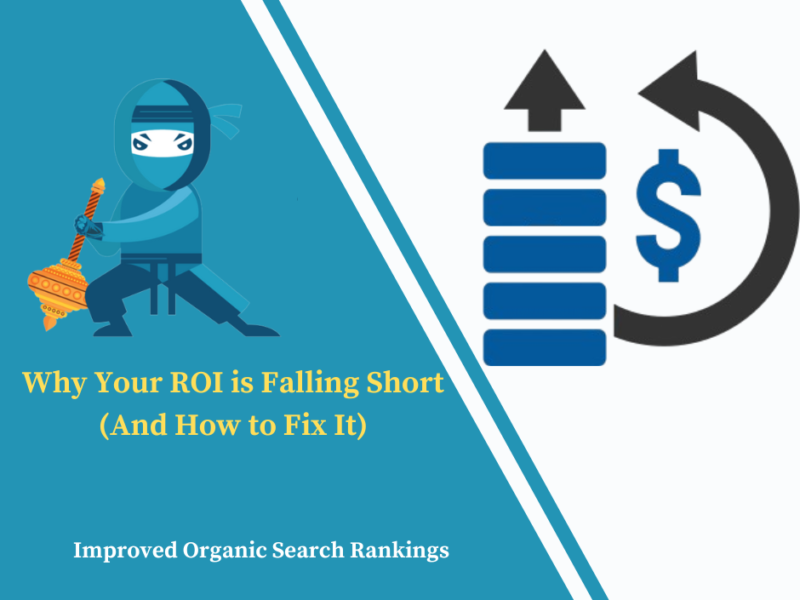
Days
Hours
Minutes
Seconds
Your Deal is Expired
|
|

Edit Content

As a leading online marketing company, always focuses on changing and improving businesses and their outcome.
Where to find us
- SN-3, First floor, ratauli road, near Town park, Bank Colony
- herry@hanuitsolutions.com
- +917082069620
Working Hours
- Mon-Sat : 9:00am - 6:00pm
- Sunday - Closed
Get In Touch
Facebook-square
Instagram
Linkedin
Tag: ROI

How Can You Optimize ROI in 2025 Using SEO and GMB Strategies?
As we venture into 2025, the competitive...

Why Traditional Marketing Isn’t Enough for Auto Dealer Leads
In an age where nearly every consumer journey...

How Can Email Marketing Boost E-commerce Revenue?
Email marketing remains one of the most effective tools...

Top Tips to Enhance ROI on Your Marketing Campaigns
Improving the return on investment (ROI) for your...
No posts found

